
The R4 Program Course Catalog
A comprehensive patient safety and rescue readiness curriculum for healthcare professionals in rural settings.

The R4 Program Course Catalog
A comprehensive patient safety and rescue readiness curriculum for healthcare professionals in rural settings.
Program Overview
Program Overview
The R4 Program is a comprehensive training curriculum designed to strengthen patient safety and rescue readiness skills for healthcare professionals particularly those in rural and team-based care environments.
The complete 45-hour program combines evidence-based learning, interprofessional collaboration, and real-world clinical scenarios to help teams identify, respond to, and prevent patient deterioration effectively.
Program Structure
Certified Core Curriculum Foundation (45 Hours Total)
Component A: Patient Safety Standard™ Courses (35 hours)
35 discipline-specific courses organized across three progressive levels
Component B: R4 Interprofessional Modules (10 hours)
6 modules focused on rural team-based rescue readiness
Program Structure
Certified Core Curriculum Foundation (45 Hours Total)
Component A: Patient Safety Standard™ Courses (35 hours)
35 discipline-specific courses organized across three progressive levels
Component B: R4 Interprofessional Modules (10 hours)
6 modules focused on rural team-based rescue readiness
PATIENT SAFETY™ COURSES
Level 1: Rescue Readiness™ (10 courses, 10 Hours)
Foundational skills for recognizing and responding to deteriorating patients

Course 1 : Recognizing and Responding to Deteriorating Patients (1 hour)
Learn the fundamentals of failure to rescue, including recognition, action, and communication. This course covers healthcare errors of commission and omission, providing the foundation for preventing adverse patient outcomes.
Key Topics
• Failure to Rescue overview
• Failure to Recognize, Act, and Communicate
• Healthcare errors of commission and omission

Course 2 : The Healthcare Professional's Critical Role in Failure to Rescue (1 hour)
Explore your critical role in preventing failure to rescue through understanding standards of care, developing clinical reasoning skills, and applying clinical judgment for optimal patient outcomes.
Key Topics
• Standards of care
• Clinical reasoning (analytical and intuitive)
• Clinical judgment for optimal outcomes

Course 3 : Primary Assessment Essentials (1 hour)
Master systematic patient assessment techniques using the ABCDE method and head-to-toe assessment approach to recognize life-threatening conditions early.
Key Topics
• Head-to-toe assessment
• ABCDE method
• Recognizing life-threatening conditions
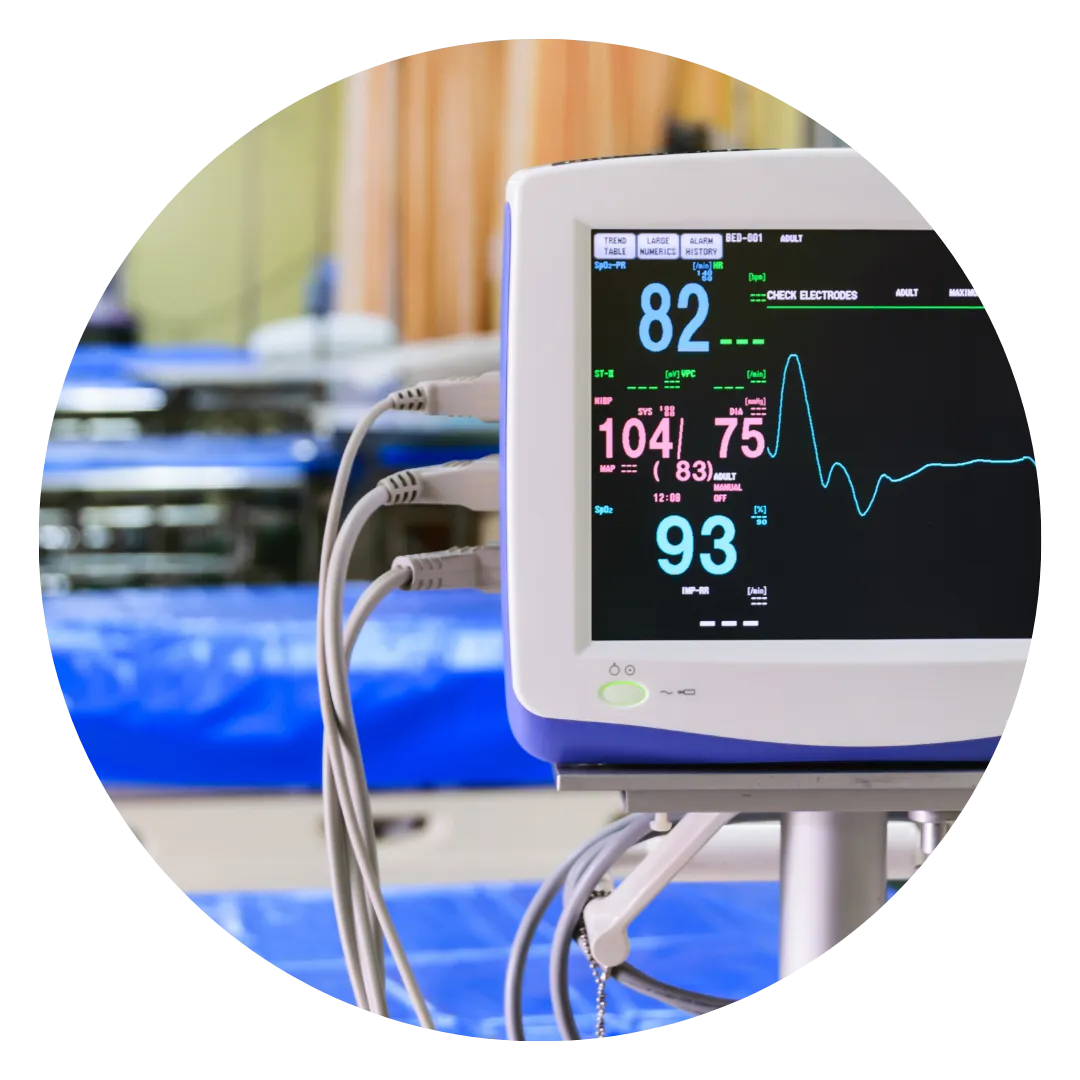
Course 4 : Mastering Vital Signs (1 hour)
Develop expertise in vital sign assessment and interpretation, including the use of early warning scores to identify patients at risk for deterioration.
Key Topics
• Respiratory assessment and oxygen saturation
• Pulse, temperature, blood pressure
• Early warning scores
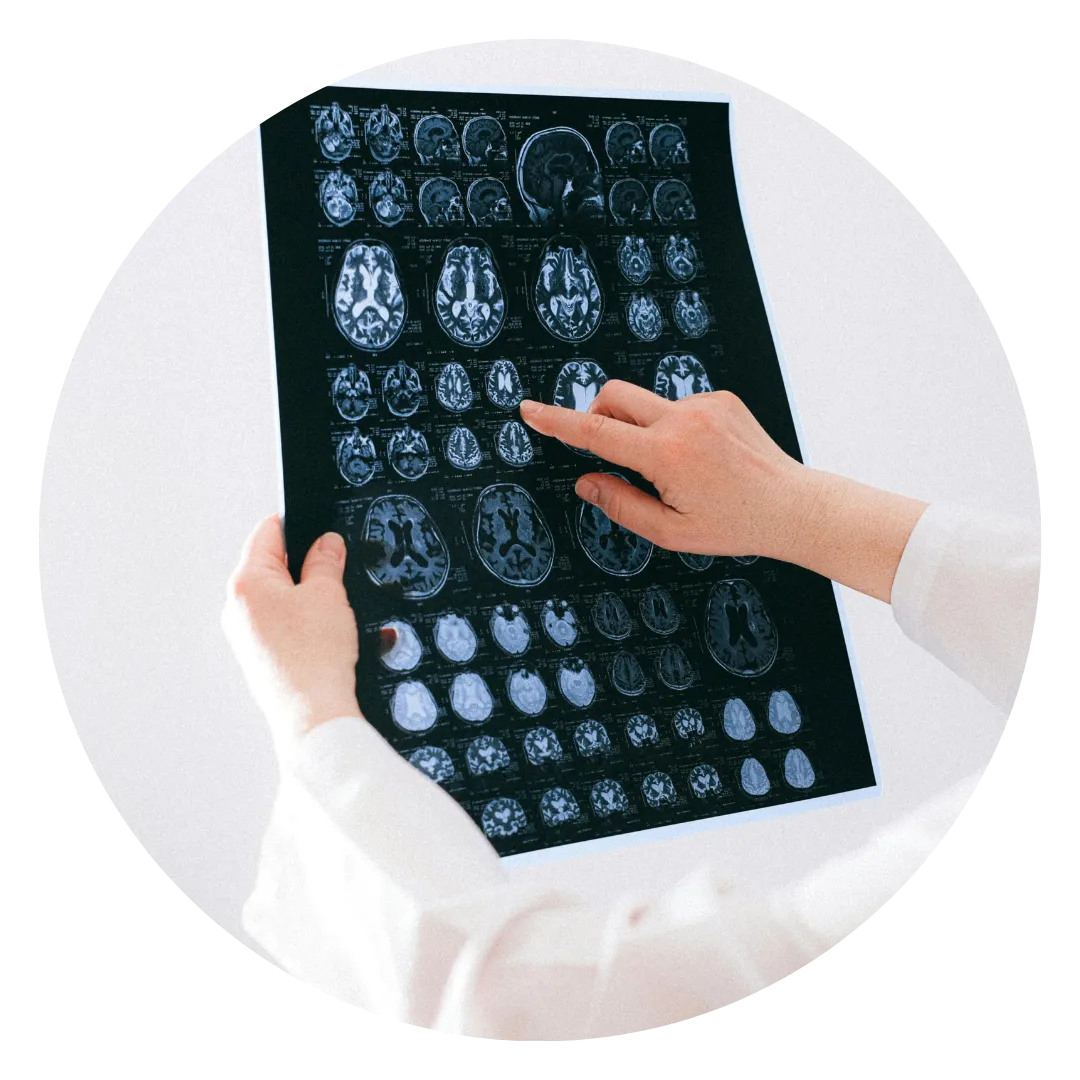
Course 5 : Critical Neurological Assessment (1 hour)
Learn focused neurological assessment techniques essential for identifying increased intracranial pressure, stroke, and head trauma.
Key Topics
• Focused neuro assessment
• Increased intracranial pressure
• Stroke assessment and head trauma
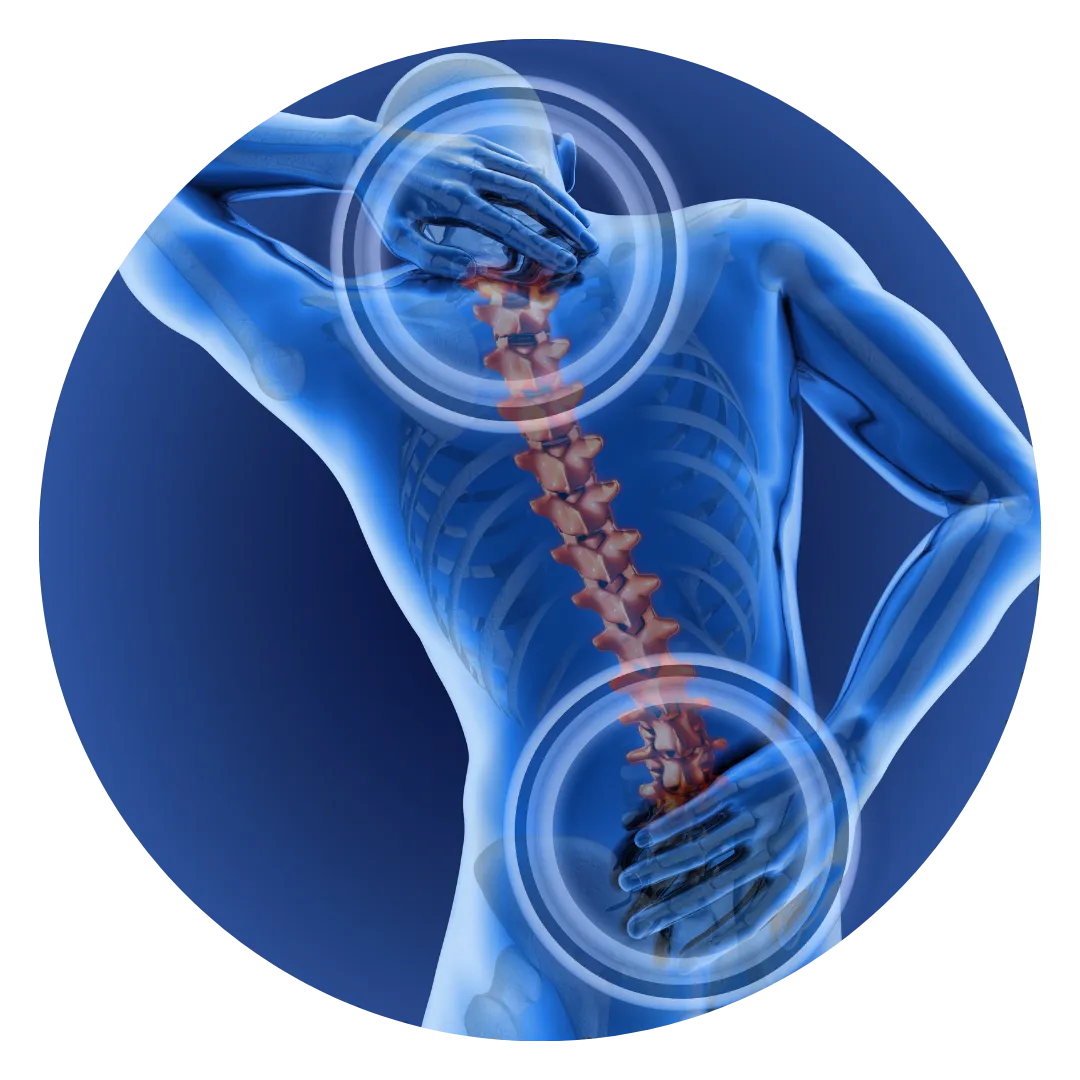
Course 6 : Pain Assessment: The Fifth Vital Sign (1 hour)
Understand the physiology of pain and master assessment tools and management strategies to optimize patient comfort and identify deterioration.
Key Topics
• Physiology of pain
• Pain assessment tools
• Pain management strategies

Course 7 : Understanding Critical Laboratory Values (1 hour)
Interpret critical laboratory values that indicate patient deterioration, including electrolytes, hematology, and blood chemistry parameters.
Key Topics
• Electrolytes and acid-base
• Hematology and coagulation
• Blood chemistry and endocrine function

Course 8 : Fluid Balance & Nutrition (1 hour)
Learn to assess fluid balance and manage parenteral and enteral nutrition in acutely ill patients.
Key Topics
• Assessment of fluid balance
• Parenteral and enteral nutrition
• Acute disease management
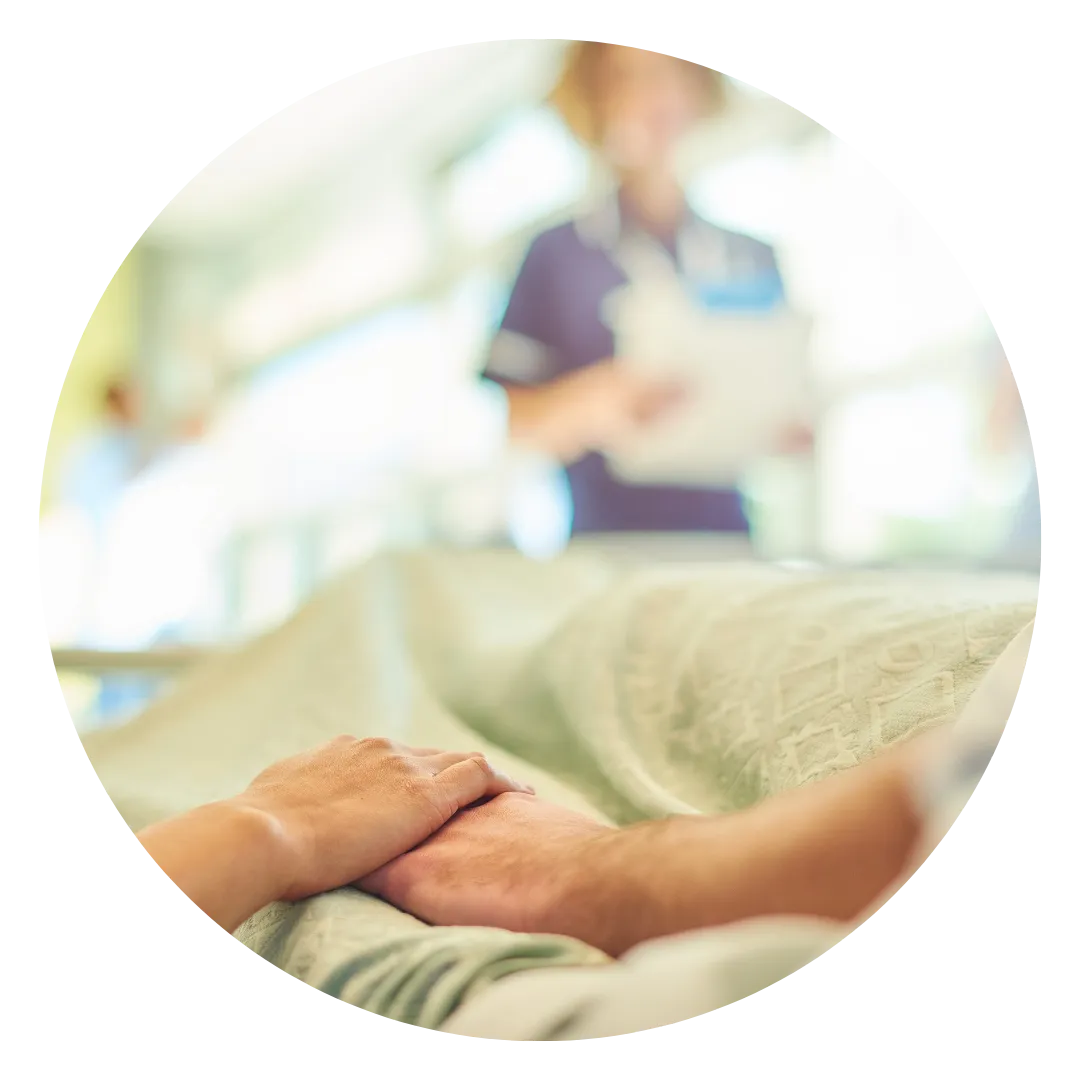
Course 9 : Essentials of Monitoring Perfusion (1 hour)
Master perfusion principles, monitoring techniques, and management strategies for patients with impaired perfusion and shock.
Key Topics
• Perfusion principles and monitoring
• Managing impaired perfusion
• Shock and perfusion disorders

Course 10: Communication Essentials (1 hour)
Develop essential communication skills for interprofessional collaboration and understand the impact of communication failures on patient safety.
Key Topics
• Communication skills
• Interprofessional communication
• Failure to communicate impact on safety
Level 2: Safe & Reliable Healthcare Practice™ (11 courses, 11 hours)
Preventing errors and optimizing clinical outcomes

Course 11: Medication Error Management (1 hour)
Learn to identify, prevent, and manage medication errors with emphasis on safe administration practices and high-risk medications.
Key Topics
• Understanding and preventing medication errors
• Safe administration practices
• High-risk medications

Course 12: Documentation Errors and Patient Data Communication (1 hour)
Understand the documentation process, recognize the impact of documentation errors, and learn effective strategies for communicating patient data.
Key Topics
• Understanding documentation process
• Impact of documentation errors
• Effective communication of patient data
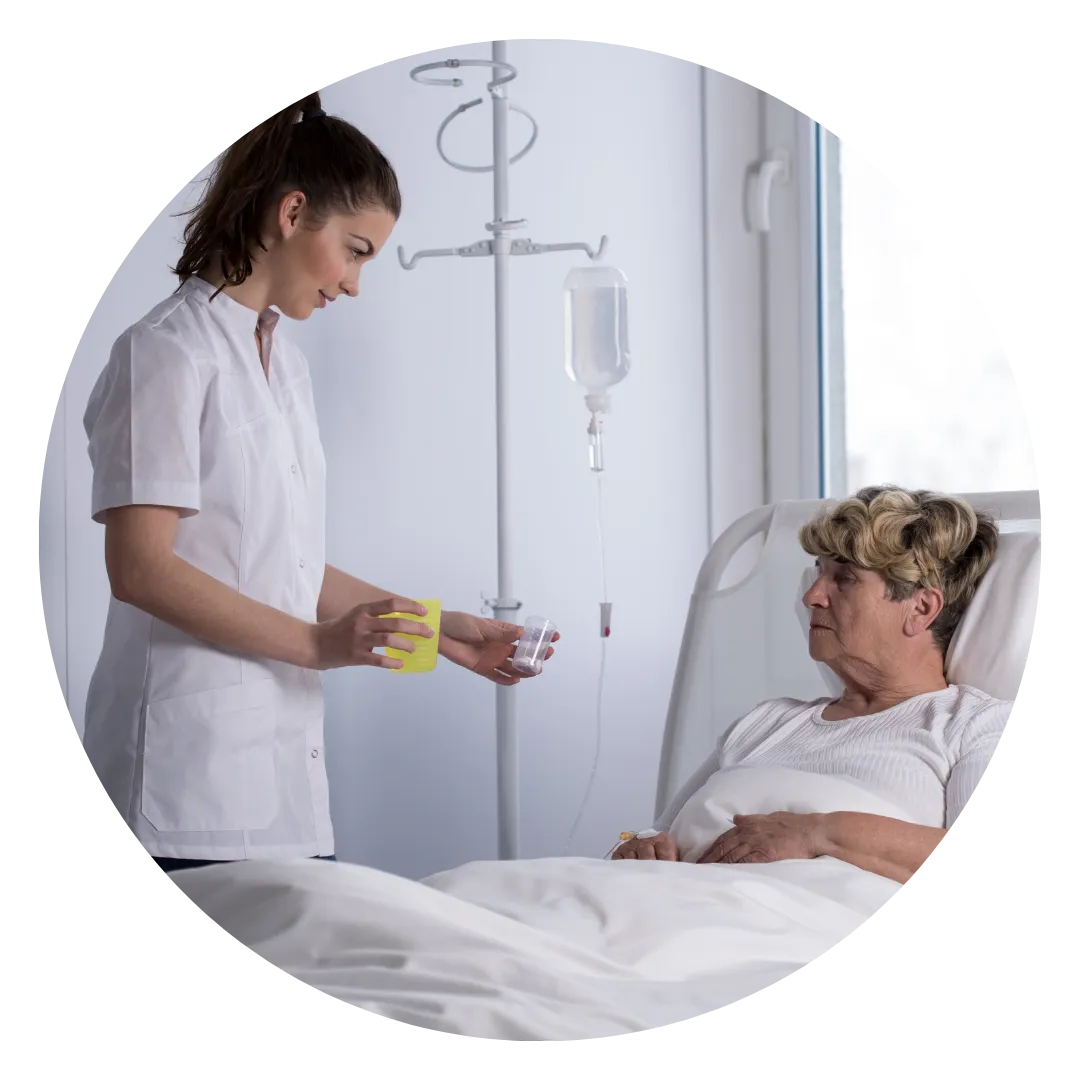
Course 13: Surveillance, Attentiveness, & Vigilance (1 hour)
Develop skills in effective patient surveillance and learn the critical role of attentiveness in identifying high-risk patients.
Key Topics
• Effective patient surveillance
• Role of attentiveness in healthcare practice
• Identifying high-risk patients

Course 14: Mastering Clinical Reasoning & Clinical Judgment (1 hour)
Enhance critical thinking and decision-making skills for gathering and interpreting patient data in uncertain and complex situations.
Key Topics
• Gathering and interpreting patient data
• Critical thinking and decision-making
• Dealing with uncertainty and complexity

Course 15: Preoperative Surgical Care (1 hour)
Learn comprehensive preoperative patient evaluation, safety protocols, and risk assessment strategies to optimize surgical outcomes.
Key Topics
• Patient evaluation and education
• Checklists and safety protocols
• Risk assessment and medication management

Course 16: The Healthcare Team's Role in Harm Prevention (1 hour)
Understand the team's role in preventing common hospital-acquired conditions including falls, VTE, pressure ulcers, and healthcare-associated infections.
Key Topics
• Recognizing deterioration and RRT
• Preventing falls, VTE, pressure ulcers
• Preventing healthcare-associated infections
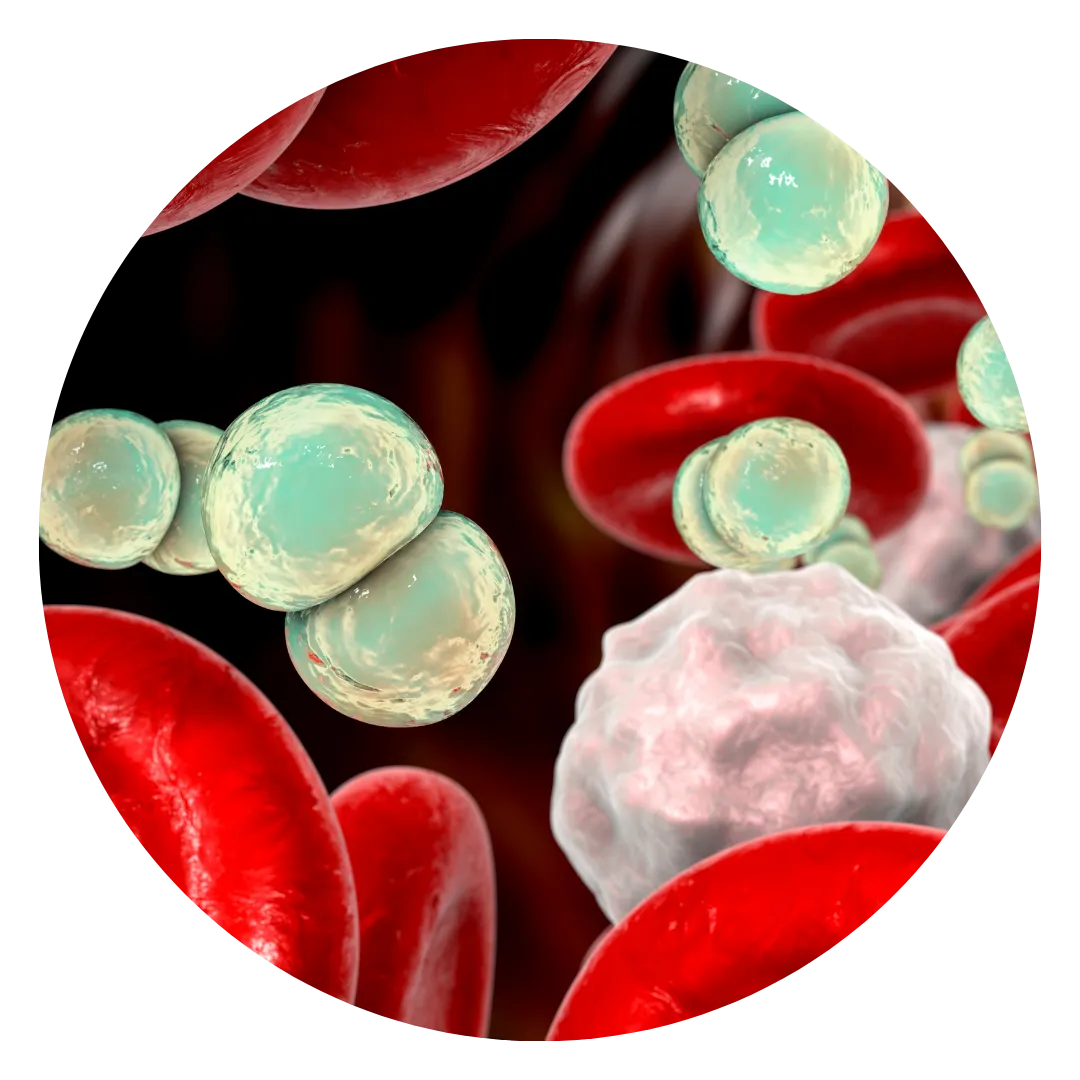
Course 17: Sepsis & Healthcare-Associated Infections (HAIs) (1 hour)
Master sepsis recognition and clinical management along with HAI prevention and control strategies.
Key Topics
• Introduction to and clinical management of sepsis
• HAI prevention and control
• Advanced topics in sepsis and HAIs

Course 18: Interventions for Enhanced Patient Safety (1 hour)
Learn patient safety principles, strategies for protecting vulnerable patients, and approaches to risk assessment and quality improvement.
Key Topics
• Patient safety principles adherence
• Protecting vulnerable patients
• Risk assessment and quality improvement

Course 19: Interpretation of Authorized Orders (1 hour)
Develop skills in interpreting provider orders, communicating for clarification, and understanding legal and ethical considerations.
Key Topics
• Provider order interpretation
• Communicating and clarifying orders
• Legal and ethical considerations

Course 20: Professional Responsibility & Patient Advocacy (1 hour)
Explore professional responsibility, patient advocacy, empowerment, and ethical decision-making in healthcare practice.
Key Topics
• Professional responsibility in healthcare
• Patient advocacy and empowerment
• Ethical decision-making

Course 21: Mandated Reporting in Healthcare (1 hour)
Learn to recognize signs of abuse and neglect, understand the reporting process, and support patients and families appropriately.
Key Topics
• Recognizing signs of abuse and neglect
• The reporting process
• Supporting patients and families
Level 3: Defensible Practice™ (14 courses, 14 hours)
Expert-level leadership in safety and managing adverse events

Course 22: Failure to Follow Standards of Care (1 hour)
Understand standards of care, consequences of non-compliance, and strategies to ensure adherence to established standards.
Key Topics
• Defining standards of care
• Consequences of ignoring standards
• Strategies to ensure compliance

Course 23: Failure to Assess and Monitor a Patient (1 hour)
Learn comprehensive patient assessment and monitoring techniques, including communication and documentation requirements.
Key Topics
• Introduction to patient assessment/monitoring
• Monitoring physiological parameters
• Communication and documentation
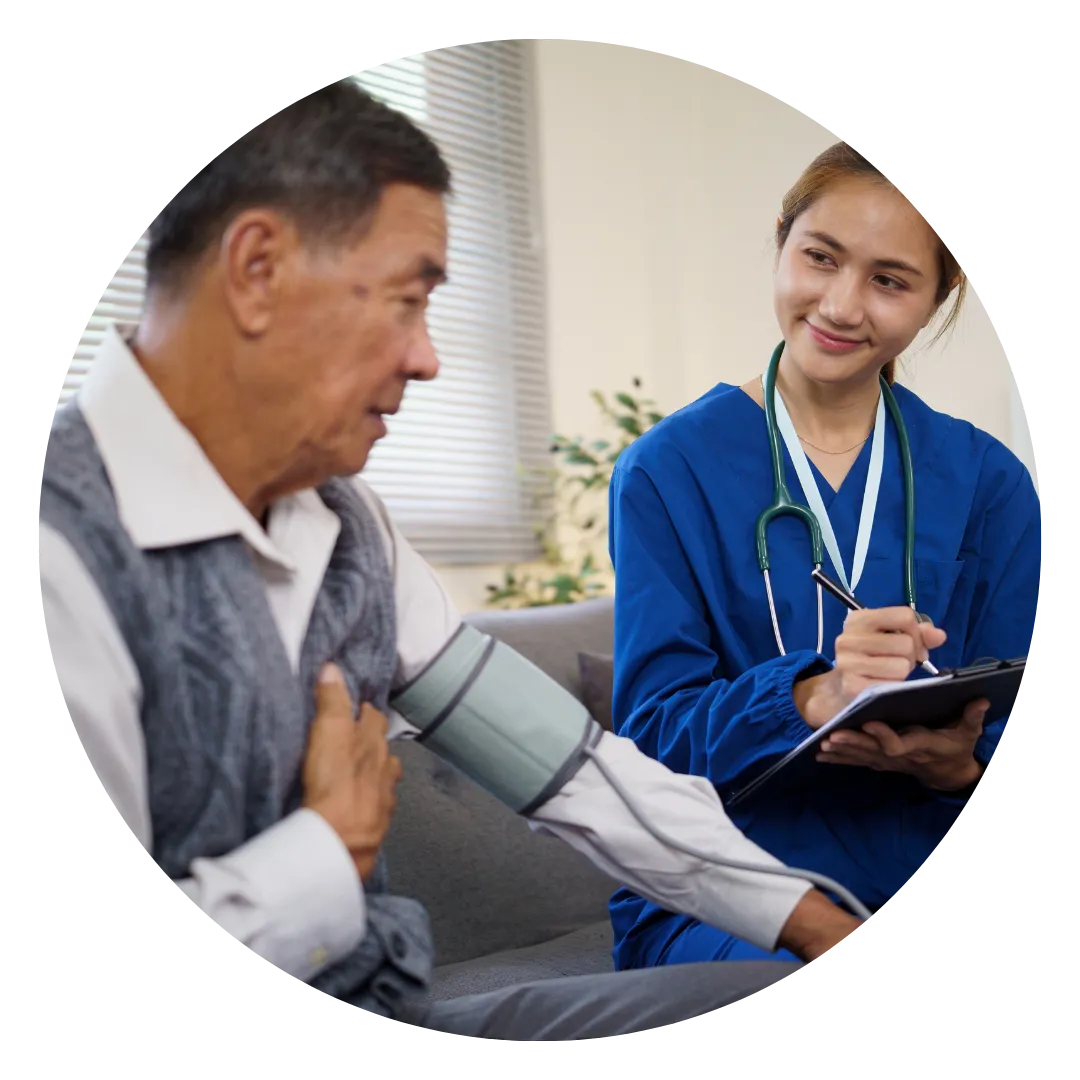
Course 24: Failure to Act as Patient Advocate (1 hour)
Explore the role of patient advocacy, including legal and ethical considerations and strategies for effective advocacy.
Key Topics
• Introduction to patient advocacy
• Legal and ethical considerations
• Strategies for effective advocacy

Course 25: Failure to Use Equipment in a Responsible Manner (1 hour)
Understand the role of medical equipment in patient safety, competency requirements, and risk management strategies.
Key Topics
• Role of medical equipment in safety
• Competency and training
• Risk management strategies

Course 26: Postoperative Complications: Prevention and Management (1 hour)
Course 26: Postoperative Complications: Prevention and Management (1 hour)
Key Topics
• Early recognition of hemorrhage, shock
• Respiratory and airway complications
• Cardiovascular and neurological emergencies
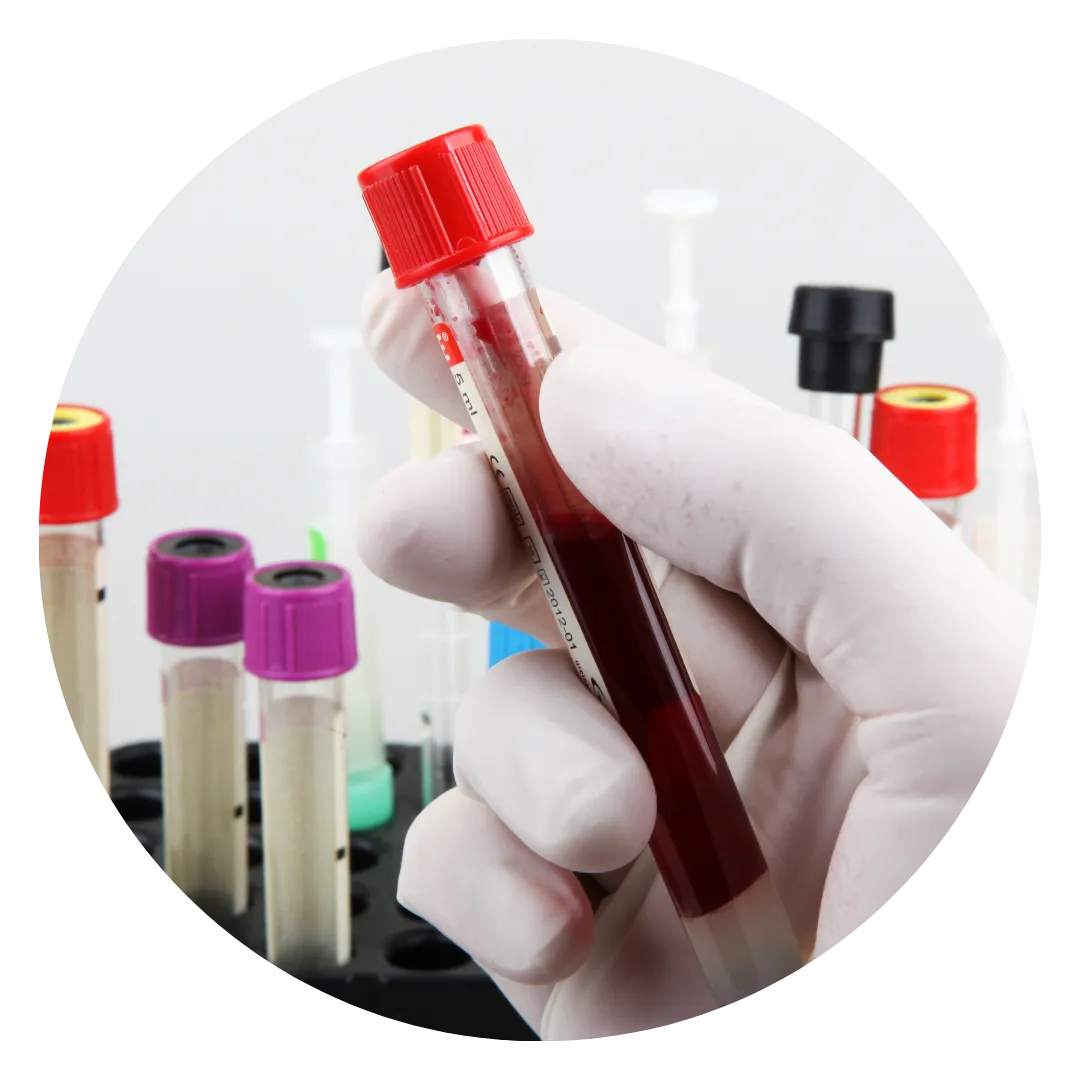
Course 27: Blood Transfusion Safety (1 hour)
Learn safe blood transfusion practices from pre-transfusion preparation through administration and reaction management.
Key Topics
• Pre-transfusion preparation
• Administering blood transfusions
• Recognizing and managing reactions

Course 28: Sentinel & Never Events: Preventing Catastrophic Failures (1 hour)
Understand sentinel and never events, conduct root cause analysis, and learn the healthcare professional's role in prevention.
Key Topics
• Introduction to sentinel and never events
• Root cause analysis
• The healthcare professional's role in prevention

Course 29: Psychological Safety for Teams (1 hour)
Explore the meaning of psychological safety, understand the cost of silence, and learn to build a speak-up culture.
Key Topics
• What psychological safety really means
• The cost of silence
• Building a speak-up culture

Course 30: Error Reporting and Systems Improvement (1 hour)
Learn the importance of error reporting, understand human error, and contribute to building a culture of safety.
Key Topics
• Importance of error reporting
• Understanding human error
• Building a culture of safety

Course 31: Managing Patient Aggression in Acute Care Settings (1 hour)
Develop skills to understand, recognize, and de-escalate patient aggression in healthcare settings.
Key Topics
• Understanding the rise of aggression
• Recognizing early signs and triggers
• De-escalation skills

Course 32: Addressing Patient Suicide Risk in Acute Care Settings (1 hour)
Learn to identify suicide risk factors, conduct comprehensive risk assessments, and implement appropriate interventions.
Key Topics
• Understanding suicide risk factors
• Comprehensive risk assessment
• Treatment approaches and interventions

Course 33: Patient and Family Engagement and Shared Decision-Making (1 hour)
Master strategies for engaging patients and families in care, utilizing effective communication and supporting families as care partners.
Key Topics
• Foundations of patient/family engagement
• Effective communication
• Supporting families as care partners

Course 34: Health Literacy and Patient Education (1 hour)
Learn to assess patient health literacy and implement strategies to enhance understanding and health outcomes.
Key Topics
• Introduction to health literacy
• Assessing patient health literacy
• Strategies for enhancing health literacy

Course 35: Medication Reconciliation and Discharge Planning (1 hour)
Master medication reconciliation processes, best practices for discharge instructions, and innovative approaches to discharge planning.
Key Topics
• Understanding medication reconciliation
• Best practices for discharge instructions
• Technology and innovation in discharge planning
R4 INTERPROFESSIONAL MODULES (10 hours)
Specifically designed for rural team-based rescue readiness with interprofessional focus

Module 1: Failure to Rescue Framework (1.5 hours)
Gain comprehensive understanding of the Failure to Rescue framework, its impact on patient outcomes and reimbursement, and the R4 Recognition Program.
Key Topics
• Defining FTR: Recognition, Response, Communication
• Impact on mortality and CMS reimbursement
• R4 Recognition Program overview

Module 2: Recognition - Early Warning Signs (2 hours)
Master early warning systems, vital sign interpretation, and the ABCDE assessment methodology for identifying subtle deterioration.
Key Topics
• Vital sign mastery and early warning scores
• ABCDE assessment methodology
• Recognizing subtle deterioration in complex patients

Module 3: Systematic Patient Assessment (2 hours)
Develop systematic assessment skills specific to deteriorating patients, including comprehensive neurological and pain assessment.
Key Topics
• Head-to-toe assessment for deteriorating patients
• Neurological assessment essentials
• Pain assessment and its relationship to deterioration

Module 4: Critical Clinical Data Interpretation (2 hours)
Learn to interpret critical clinical data including laboratory values, fluid balance, and medication considerations that predict deterioration.
Key Topics
• Laboratory values predicting deterioration
• Fluid balance and perfusion monitoring
• High-risk medication recognition

Module 5: Team Communication & Escalation (1.5 hours)
Master team communication techniques and escalation protocols essential for timely intervention in deteriorating patients.
Key Topics
• SBAR for urgent communication
• Closed-loop communication techniques
• When and how to escalate effectively
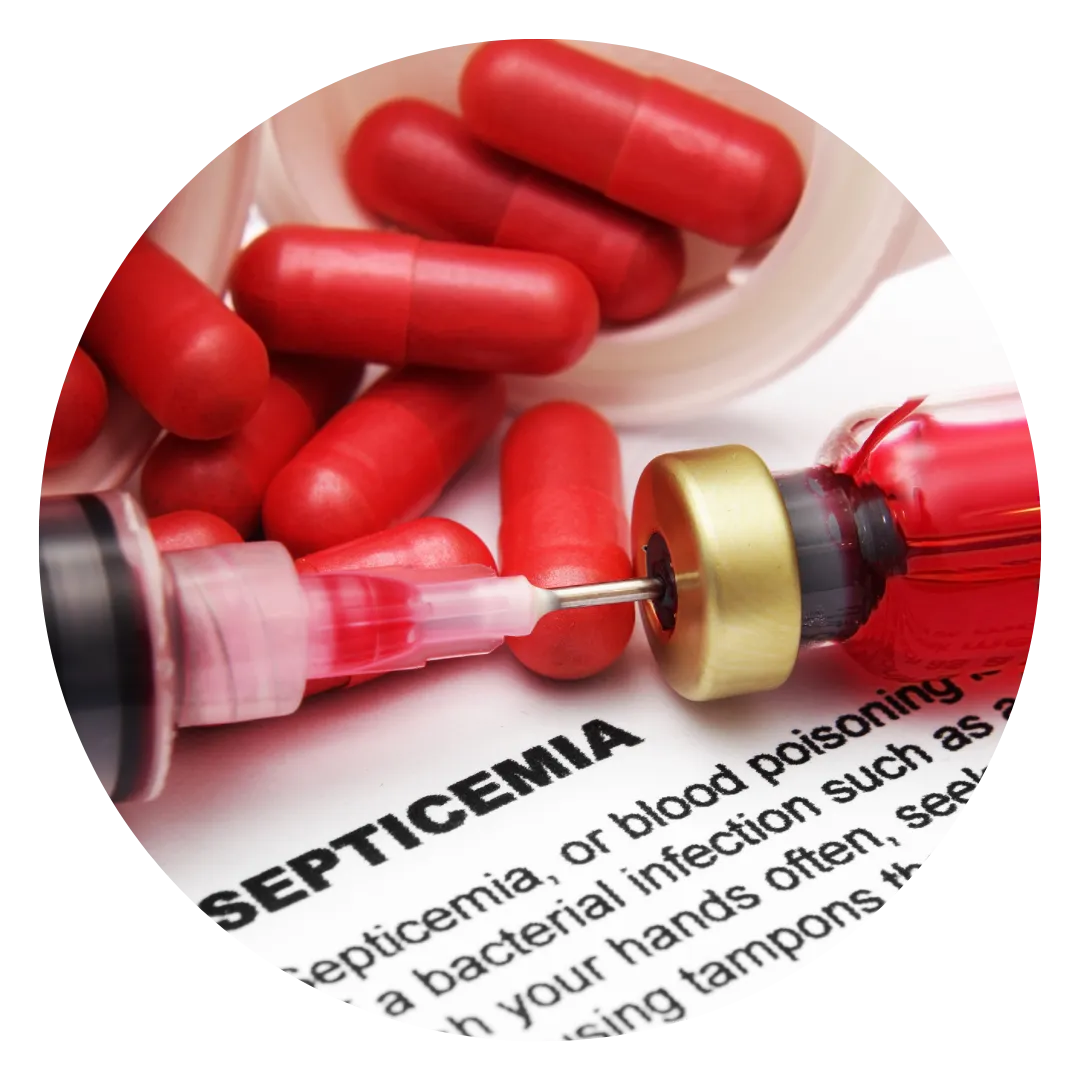
Module 6: Sepsis Recognition & Response (1 hour)
Develop expertise in sepsis screening, bundle compliance, and role-specific response actions for this time-sensitive condition.
Key Topics
• Sepsis screening tools and qSOFA
• Hour-1 bundle compliance
• Role-specific sepsis response actions
Program Completion
Upon successful completion of all 45 hours of coursework, participants will have comprehensive knowledge and skills in patient safety, rescue readiness, and interprofessional team-based care, with particular emphasis on rural healthcare settings.
For more information about The R4 Program, please contact your program administrator.
PATIENT SAFETY™ COURSES
Level 1: Rescue Readiness™ (10 courses, 10 Hours)
Foundational skills for recognizing and responding to deteriorating patients

Course 1 : Recognizing and Responding to Deteriorating Patients (1 hour)
Learn the fundamentals of failure to rescue, including recognition, action, and communication. This course covers healthcare errors of commission and omission, providing the foundation for preventing adverse patient outcomes.
Key Topics
• Failure to Rescue overview
• Failure to Recognize, Act, and Communicate
• Healthcare errors of commission and omission

Course 2: The Healthcare Professional's Critical Role in Failure to Rescue (1 hour)
Explore your critical role in preventing failure to rescue through understanding standards of care, developing clinical reasoning skills, and applying clinical judgment for optimal patient outcomes.
Key Topics
• Standards of care
• Clinical reasoning (analytical and intuitive)
• Clinical judgment for optimal outcomes

Course 3: Primary Assessment Essentials (1 hour)
Master systematic patient assessment techniques using the ABCDE method and head-to-toe assessment approach to recognize life-threatening conditions early.
Key Topics
• Head-to-toe assessment
• ABCDE method
• Recognizing life-threatening conditions

Course 4: Mastering Vital Signs (1 hour)
Develop expertise in vital sign assessment and interpretation, including the use of early warning scores to identify patients at risk for deterioration.
Key Topics
• Respiratory assessment and oxygen saturation
• Pulse, temperature, blood pressure
• Early warning scores

Course 5: Critical Neurological Assessment (1 hour)
Learn focused neurological assessment techniques essential for identifying increased intracranial pressure, stroke, and head trauma.
Key Topics
• Focused neuro assessment
• Increased intracranial pressure
• Stroke assessment and head trauma

Course 6: Pain Assessment: The Fifth Vital Sign (1 hour)
Understand the physiology of pain and master assessment tools and management strategies to optimize patient comfort and identify deterioration.
Key Topics
• Physiology of pain
• Pain assessment tools
• Pain management strategies

Course 7: Understanding Critical Laboratory Values (1 hour)
Interpret critical laboratory values that indicate patient deterioration, including electrolytes, hematology, and blood chemistry parameters.
Key Topics
• Electrolytes and acid-base
• Hematology and coagulation
• Blood chemistry and endocrine function

Course 8: Fluid Balance & Nutrition (1 hour)
Learn to assess fluid balance and manage parenteral and enteral nutrition in acutely ill patients.
Key Topics
• Assessment of fluid balance
• Parenteral and enteral nutrition
• Acute disease management

Course 9: Essentials of Monitoring Perfusion (1 hour)
Master perfusion principles, monitoring techniques, and management strategies for patients with impaired perfusion and shock.
Key Topics
• Perfusion principles and monitoring
• Managing impaired perfusion
• Shock and perfusion disorders

Course 10: Communication Essentials (1 hour)
Develop essential communication skills for interprofessional collaboration and understand the impact of communication failures on patient safety.
Key Topics
• Communication skills
• Interprofessional communication
• Failure to communicate impact on safety
Level 2: Safe & Reliable Healthcare Practice™ (11 courses, 11 hours)
Preventing errors and optimizing clinical outcomes

Course 11: Medication Error Management (1 hour)
Learn to identify, prevent, and manage medication errors with emphasis on safe administration practices and high-risk medications.
Key Topics
• Understanding and preventing medication errors
• Safe administration practices
• High-risk medications

Course 12: Documentation Errors and Patient Data Communication (1 hour)
Understand the documentation process, recognize the impact of documentation errors, and learn effective strategies for communicating patient data.
Key Topics
• Understanding documentation process
• Impact of documentation errors
• Effective communication of patient data

Course 13: Surveillance, Attentiveness, & Vigilance (1 hour)
Develop skills in effective patient surveillance and learn the critical role of attentiveness in identifying high-risk patients.
Key Topics
• Effective patient surveillance
• Role of attentiveness in healthcare practice
• Identifying high-risk patients

Course 14: Mastering Clinical Reasoning & Clinical Judgment (1 hour)
Enhance critical thinking and decision-making skills for gathering and interpreting patient data in uncertain and complex situations.
Key Topics
• Gathering and interpreting patient data
• Critical thinking and decision-making
• Dealing with uncertainty and complexity

Course 15: Preoperative Surgical Care (1 hour)
Learn comprehensive preoperative patient evaluation, safety protocols, and risk assessment strategies to optimize surgical outcomes.
Key Topics
• Patient evaluation and education
• Checklists and safety protocols
• Risk assessment and medication management

Course 16: The Healthcare Team's Role in Harm Prevention (1 hour)
Understand the team's role in preventing common hospital-acquired conditions including falls, VTE, pressure ulcers, and healthcare-associated infections.
Key Topics
• Recognizing deterioration and RRT
• Preventing falls, VTE, pressure ulcers
• Preventing healthcare-associated infections

Course 17: Sepsis & Healthcare-Associated Infections (HAIs) (1 hour)
Master sepsis recognition and clinical management along with HAI prevention and control strategies.
Key Topics
• Introduction to and clinical management of sepsis
• HAI prevention and control
• Advanced topics in sepsis and HAIs

Course 18: Interventions for Enhanced Patient Safety (1 hour)
Learn patient safety principles, strategies for protecting vulnerable patients, and approaches to risk assessment and quality improvement.
Key Topics
• Patient safety principles adherence
• Protecting vulnerable patients
• Risk assessment and quality improvement

Course 19: Interpretation of Authorized Orders (1 hour)
Develop skills in interpreting provider orders, communicating for clarification, and understanding legal and ethical considerations.
Key Topics
• Provider order interpretation
• Communicating and clarifying orders
• Legal and ethical considerations

Course 20: Professional Responsibility & Patient Advocacy (1 hour)
Explore professional responsibility, patient advocacy, empowerment, and ethical decision-making in healthcare practice.
Key Topics
• Professional responsibility in healthcare
• Patient advocacy and empowerment
• Ethical decision-making

Course 21: Mandated Reporting in Healthcare (1 hour)
Learn to recognize signs of abuse and neglect, understand the reporting process, and support patients and families appropriately.
Key Topics
• Recognizing signs of abuse and neglect
• The reporting process
• Supporting patients and families
Level 3 : Level 3: Defensible Practice™ (14 courses, 14 hours)
Preventing errors and optimizing clinical outcomes

Course 22: Failure to Follow Standards of Care (1 hour)
Understand standards of care, consequences of non-compliance, and strategies to ensure adherence to established standards.
Key Topics
• Defining standards of care
• Consequences of ignoring standards
• Strategies to ensure compliance

Course 23: Failure to Assess and Monitor a Patient (1 hour)
Learn comprehensive patient assessment and monitoring techniques, including communication and documentation requirements.
Key Topics
• Introduction to patient assessment/monitoring
• Monitoring physiological parameters
• Communication and documentation

Course 24: Failure to Act as Patient Advocate (1 hour)
Explore the role of patient advocacy, including legal and ethical considerations and strategies for effective advocacy.
Key Topics
• Introduction to patient advocacy
• Legal and ethical considerations
• Strategies for effective advocacy

Course 25: Failure to Use Equipment in a Responsible Manner (1 hour)
Understand the role of medical equipment in patient safety, competency requirements, and risk management strategies.
Key Topics
• Role of medical equipment in safety
• Competency and training
• Risk management strategies

Course 26: Postoperative Complications: Prevention and Management (1 hour)
Master early recognition and management of postoperative complications including hemorrhage, respiratory issues, and cardiovascular emergencies.
Key Topics
• Early recognition of hemorrhage, shock
• Respiratory and airway complications
• Cardiovascular and neurological emergencies

Course 27: Blood Transfusion Safety (1 hour)
Learn safe blood transfusion practices from pre-transfusion preparation through administration and reaction management.
Key Topics
• Pre-transfusion preparation
• Administering blood transfusions
• Recognizing and managing reactions

Course 28: Sentinel & Never Events: Preventing Catastrophic Failures (1 hour)
Understand sentinel and never events, conduct root cause analysis, and learn the healthcare professional's role in prevention.
Key Topics
• Introduction to sentinel and never events
• Root cause analysis
• The healthcare professional's role in prevention

Course 29: Psychological Safety for Teams (1 hour)
Explore the meaning of psychological safety, understand the cost of silence, and learn to build a speak-up culture.
Key Topics
• What psychological safety really means
• The cost of silence
• Building a speak-up culture

Course 30: Error Reporting and Systems Improvement (1 hour)
Learn the importance of error reporting, understand human error, and contribute to building a culture of safety.
Key Topics
• Importance of error reporting
• Understanding human error
• Building a culture of safety

Course 31: Managing Patient Aggression in Acute Care Settings (1 hour)
Develop skills to understand, recognize, and de-escalate patient aggression in healthcare settings.
Key Topics
• Understanding the rise of aggression
• Recognizing early signs and triggers
• De-escalation skills

Course 32: Addressing Patient Suicide Risk in Acute Care Settings (1 hour)
Learn to identify suicide risk factors, conduct comprehensive risk assessments, and implement appropriate interventions.
Key Topics
• Understanding suicide risk factors
• Comprehensive risk assessment
• Treatment approaches and interventions

Course 33: Patient and Family Engagement and Shared Decision-Making (1 hour)
Master strategies for engaging patients and families in care, utilizing effective communication and supporting families as care partners.
Key Topics
• Foundations of patient/family engagement
• Effective communication
• Supporting families as care partners

Course 34: Health Literacy and Patient Education (1 hour)
Learn to assess patient health literacy and implement strategies to enhance understanding and health outcomes.
Key Topics
• Introduction to health literacy
• Assessing patient health literacy
• Strategies for enhancing health literacy

Course 35: Medication Reconciliation and Discharge Planning (1 hour)
Master medication reconciliation processes, best practices for discharge instructions, and innovative approaches to discharge planning.
Key Topics
• Understanding medication reconciliation
• Best practices for discharge instructions
• Technology and innovation in discharge planning
R4 INTERPROFESSIONAL MODULES (10 hours)
Specifically designed for rural team-based rescue readiness with interprofessional focus

Module 1: Failure to Rescue Framework (1.5 hours)
Gain comprehensive understanding of the Failure to Rescue framework, its impact on patient outcomes and reimbursement, and the R4 Recognition Program.
Key Topics
• Defining FTR: Recognition, Response, Communication
• Impact on mortality and CMS reimbursement
• R4 Recognition Program overview

Module 2: Recognition - Early Warning Signs (2 hours)
Master early warning systems, vital sign interpretation, and the ABCDE assessment methodology for identifying subtle deterioration.
Key Topics
• Vital sign mastery and early warning scores
• ABCDE assessment methodology
• Recognizing subtle deterioration in complex patients

Module 3: Systematic Patient Assessment (2 hours)
Develop systematic assessment skills specific to deteriorating patients, including comprehensive neurological and pain assessment.
Key Topics
• Head-to-toe assessment for deteriorating patients
• Neurological assessment essentials
• Pain assessment and its relationship to deterioration

Module 4: Critical Clinical Data Interpretation (2 hours)
Learn to interpret critical clinical data including laboratory values, fluid balance, and medication considerations that predict deterioration.
Key Topics
• Laboratory values predicting deterioration
• Fluid balance and perfusion monitoring
• High-risk medication recognition

Module 5: Team Communication & Escalation (1.5 hours)
Master team communication techniques and escalation protocols essential for timely intervention in deteriorating patients.
Key Topics
• SBAR for urgent communication
• Closed-loop communication techniques
• When and how to escalate effectively

Module 6: Sepsis Recognition & Response (1 hour)
Develop expertise in sepsis screening, bundle compliance, and role-specific response actions for this time-sensitive condition.
Key Topics
• Sepsis screening tools and qSOFA
• Hour-1 bundle compliance
• Role-specific sepsis response actions
Program Completion
Upon successful completion of all 45 hours of coursework, participants will have comprehensive knowledge and skills in patient safety, rescue readiness, and interprofessional team-based care, with particular emphasis on rural healthcare settings.
Schedule a call to see how we can help you!
Schedule a call to see how we can help you!
By partnering with Lifebeat Solutions, your organization can identify the best strategies to educate and empower your nursing staff to improve patient safety and outcomes.
By partnering with Lifebeat Solutions, your organization can identify the best strategies to educate and empower your nursing staff to improve patient safety and outcomes.
